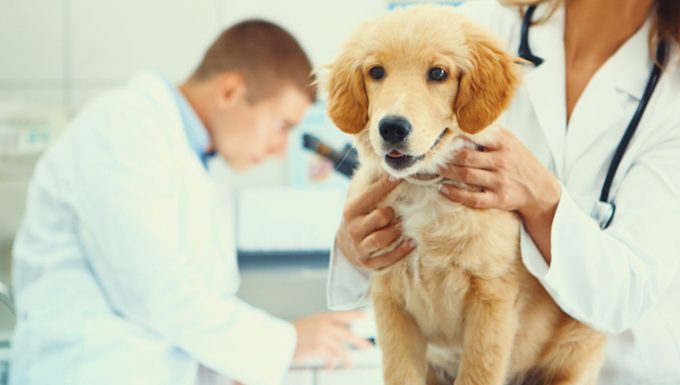Lymphadenitis in dogs happens when the lymph nodes become inflamed due to infection. The cause of the condition is usually inflammatory cells.
Generally, newborn pups are most at risk of the condition. This is due to their immune systems not being fully developed yet.
Note that the condition refers to lymph nodes that are affected by infection. Alternatively, the condition lymphadenopathy in dogs…






